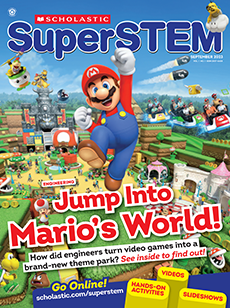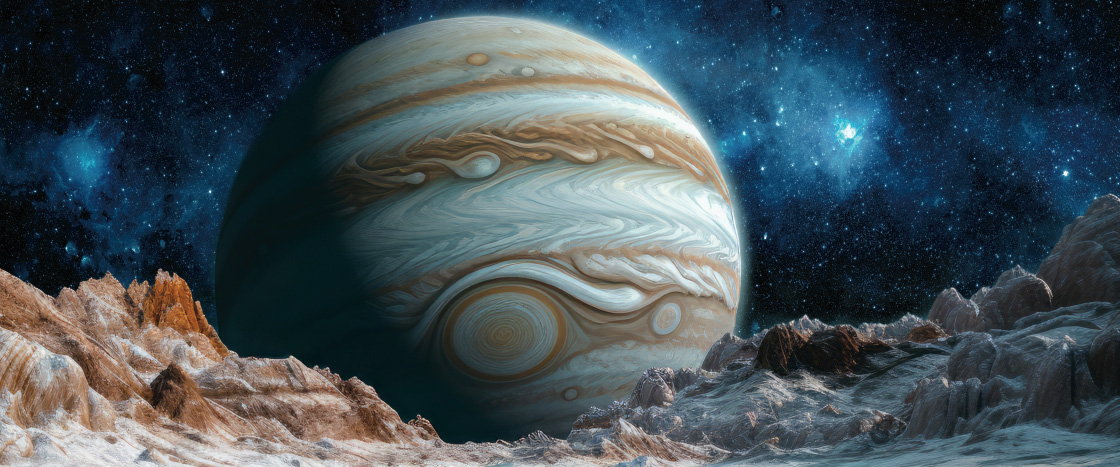Would you spend years journeying 444 million miles (630 million kilometers) to reach Europa, a frozen moon orbiting Jupiter? Today humans don’t have the technology for such a trip. But imagine if we did. What could you see and do there? You’re about to find out!
Would you spend years journeying 444 million miles (630 million kilometers) to reach Europa, a frozen moon orbiting Jupiter? Today humans don’t have the technology for such a trip. But imagine if we did. What could you see and do there? You’re about to find out!

